

Tosylmethyl isocyanide, also known as TosMIC, is a reagent used extensively in organic chemistry for the introduction of nitrile groups into molecules. It is particularly important in heterocyclic synthesis and diastereoselective reactions. TosMIC is widely employed in reactions such as the Van Leusen reaction, which forms nitriles from ketones, and for the synthesis of various biologically active compounds.


Tosylmethyl isocyanide, also known as TosMIC, is a reagent used extensively in organic chemistry for the introduction of nitrile groups into molecules. It is particularly important in heterocyclic synthesis and diastereoselective reactions. TosMIC is widely employed in reactions such as the Van Leusen reaction, which forms nitriles from ketones, and for the synthesis of various biologically active compounds.

.3d8f8f41.svg)
Pharmaceutical
.3556d45a.svg)

Pharmaceutical Actives & Precursors


Intermediates & Precursors
.7767eb0f.png)

Chemical Properties & Specifications
TosMIC reacts with ketones to form nitriles, allowing the introduction of a one-carbon unit into a molecular structure. It is particularly useful in organic synthesis.
TosMIC is employed in the synthesis of heterocyclic compounds, such as pyrroles and imidazoles, which are often used as biologically active molecules in pharmaceuticals.
Used in diastereoselective reactions with sugar-derived aldehydes, TosMIC aids in the synthesis of diastereomerically pure products.

CAS No. : 1309-64-4
Category : Synergists & Smoke Suppressants
Sub-Category : Antimony-based synergists
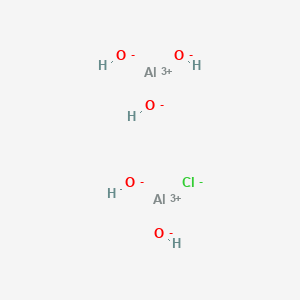
CAS No. : 1327-41-9
Category : Inorganic Chemicals
Sub-Category : Metal-Based Coagulants
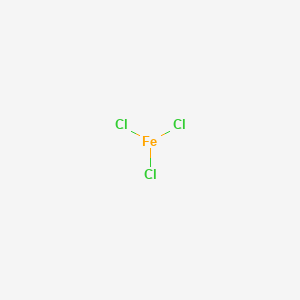
CAS No. : 7705-08-0
Category : Inorganic Chemicals
Sub-Category : Metal-Based Coagulants
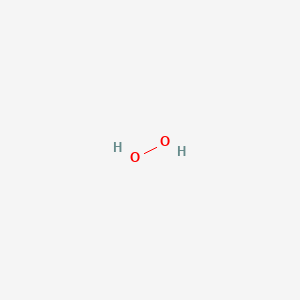
CAS No. : 7722-84-1
Category : Inorganic Chemicals
Sub-Category : Peroxides & Oxidizing Agents
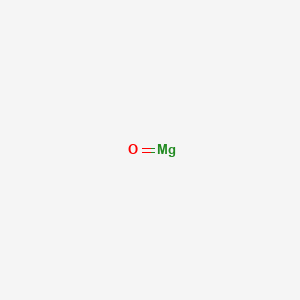
CAS No. : 1309-48-4
Category : Pharmaceutical Actives & Precursors
Sub-Category : Active Pharmaceutical Ingredients (APIs)

CAS No. : 13463-67-7
Category : Pigments & Colorants
Sub-Category : Inorganic Pigments
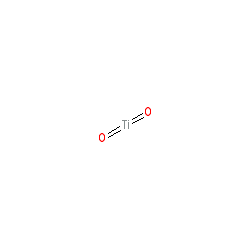
CAS No. : 13463-67-7
Category : Pigments & Colorants
Sub-Category : Inorganic Pigments

CAS No. : 13463-67-7
Category : Pigments & Colorants
Sub-Category : Inorganic Pigments
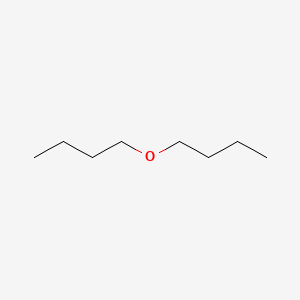
CAS No. : 142-96-1
Category : Solvents & Carriers
Sub-Category : Ethers & Ether-Based Solvents
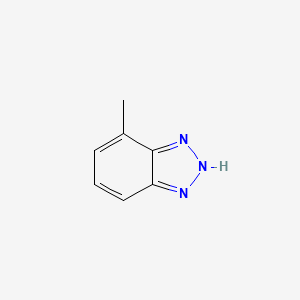
CAS No. : 29385-43-1
Category : Specialty Polymers & Additives
Sub-Category : Corrosion Inhibitor Additives

CAS No. : 25322-69-4
Category : Specialty Polymers & Additives
Sub-Category : Polyether Polyols
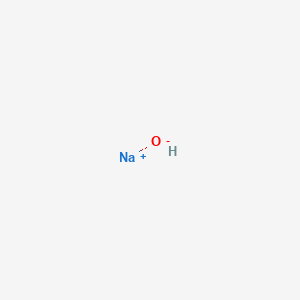
CAS No. : 1310-73-2
Category : Food Ingredients
Sub-Category : Acidulants & Acidity Regulators
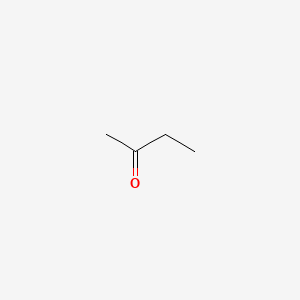
CAS No. : 78-93-3
Category : Base Chemicals & Intermediates
Sub-Category : Ketones & Solvents
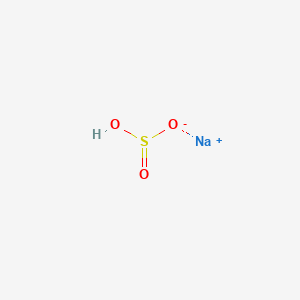
CAS No. : 7631-90-5
Category : Food Ingredients
Sub-Category : Sulfur-Based Compounds
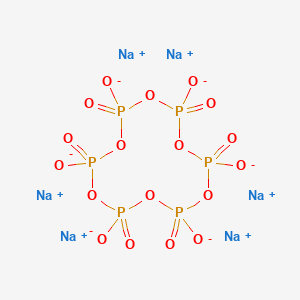
CAS No. : 10124-56-8
Category : Inorganic Chemicals
Sub-Category : Phosphate Compounds

CAS No. : 5329-14-6
Category : Inorganic Chemicals
Sub-Category : Acid Derivatives

CAS No. : 100-44-7
Category : Organic Intermediates
Sub-Category : Chlorinated Aromatic Compounds
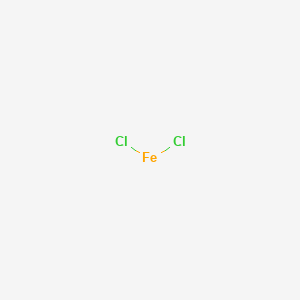
CAS No. : 7758-94-3
Category : Inorganic Chemicals
Sub-Category : N/A
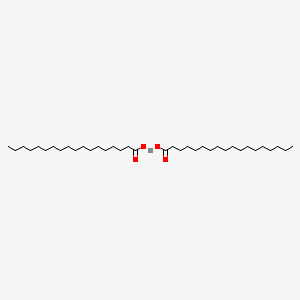
CAS No. : 136-53-8
Category : Inorganic Chemicals
Sub-Category : Metal Carboxylates
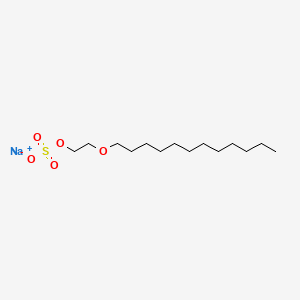
CAS No. : 9004-82-4
Category : Surfactants
Sub-Category : Anionic (Ether sulfates)
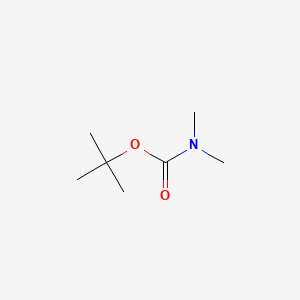
CAS No. : 61788-93-0
Category : Surfactants & Emulsifiers
Sub-Category : Fatty Amines
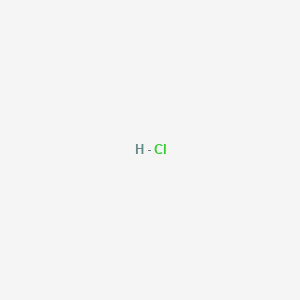
CAS No. : 7647-01-0
Category : Inorganic Acids
Sub-Category : Mineral Acids
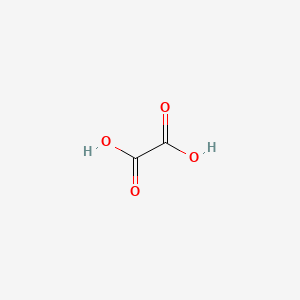
CAS No. : 144-62-7
Category : Organic Acid Derivatives
Sub-Category : Dicarboxylic Acids

CAS No. : 17465-11-3
Category : Organic Intermediates
Sub-Category : Aromatic Sulfonates

CAS No. : 7704-34-9
Category : Inorganic Chemicals
Sub-Category : Sulfur & Derivatives

CAS No. : 77-92-9
Category : Food Ingredients
Sub-Category : Flavor Enhancers

CAS No. : 77-92-9
Category : Food Ingredients
Sub-Category : Flavor Enhancers
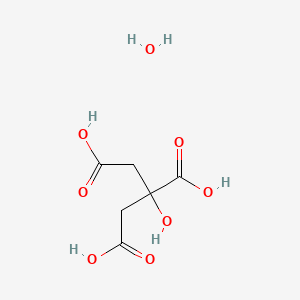
CAS No. : 5949-29-1
Category : Food Ingredients
Sub-Category : Flavor Enhancers

CAS No. : 7631-90-5
Category : Food Ingredients
Sub-Category : Sulfur-Based Compounds

CAS No. : 10124-56-8
Category : Inorganic Chemicals
Sub-Category : Phosphate Compounds

CAS No. : 9005-65-6
Category : Surfactants & Emulsifiers
Sub-Category : Functional Emulsifiers
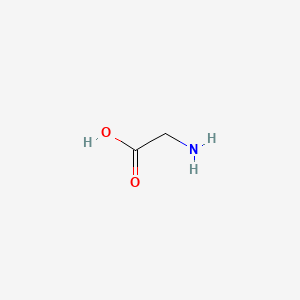
CAS No. : 56-40-6
Category : Nutraceutical Ingredients
Sub-Category : Amino Acids & Proteins
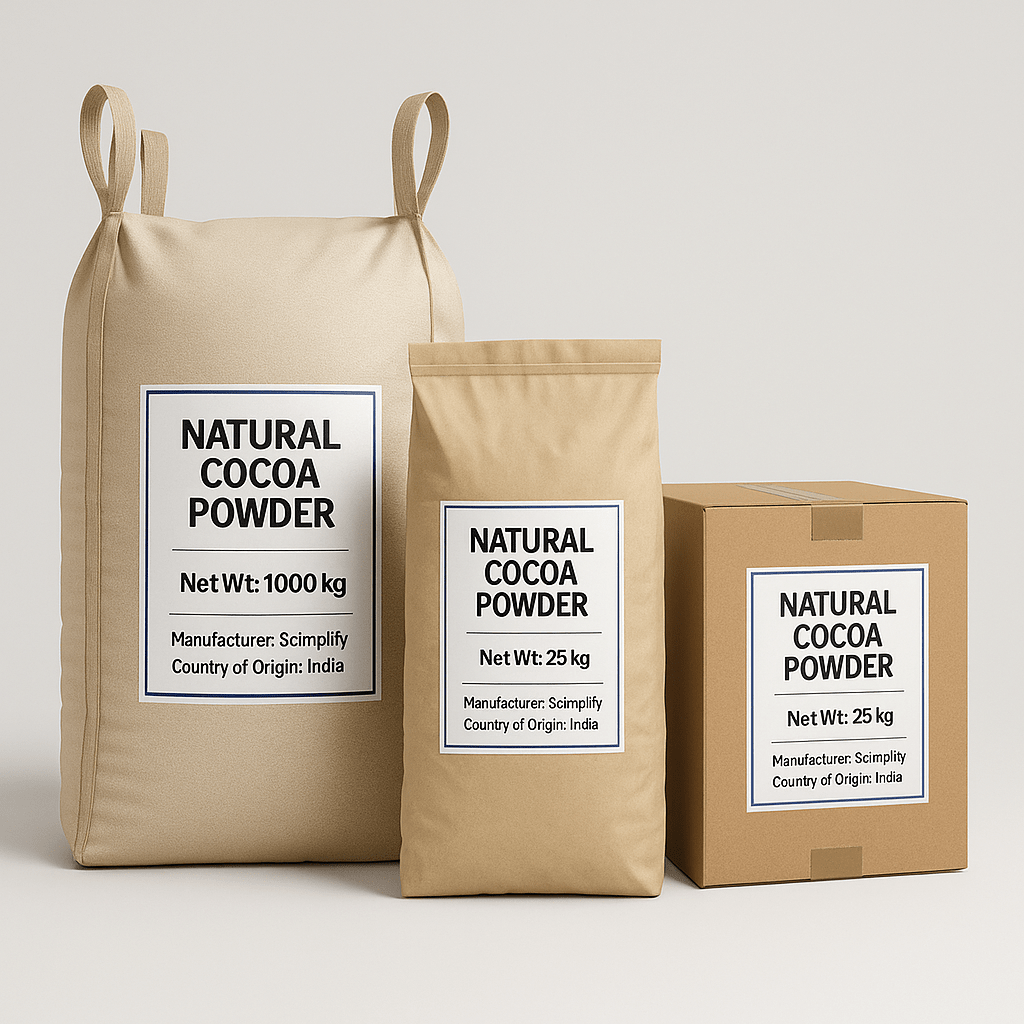
CAS No. : 84649-99-0
Category : Food Ingredients
Sub-Category : Cocoa & Chocolate Derivatives
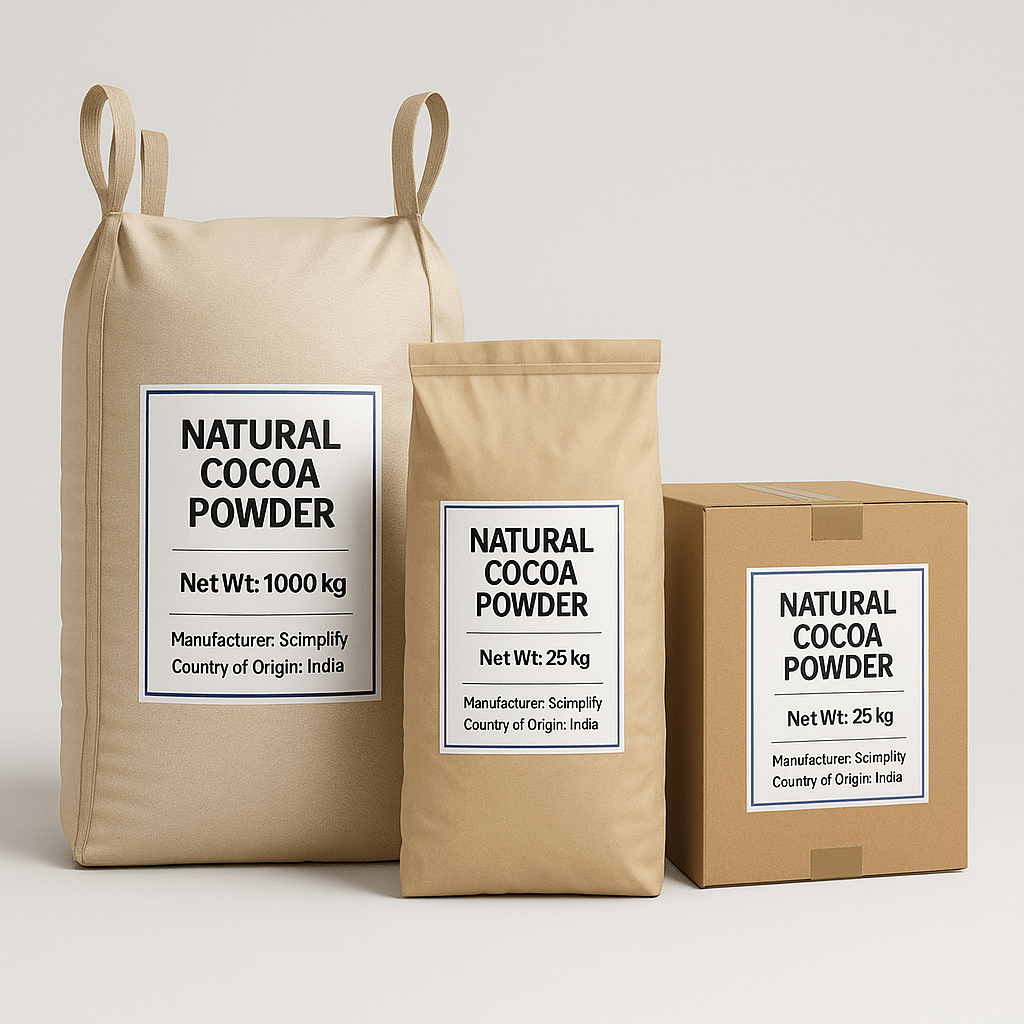
CAS No. : 84649-99-0
Category : Food Ingredients
Sub-Category : Cocoa & Chocolate Derivatives
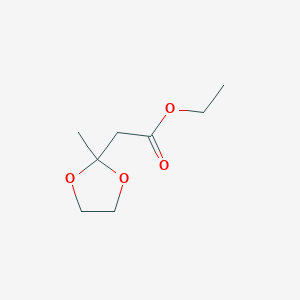
CAS No. : 6413-10-1
Category : Fragrance Ingredients
Sub-Category : Ketal Fruit Esters
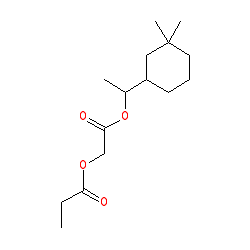
CAS No. : 236391-76-7
Category : Fragrance Ingredients
Sub-Category : Polycyclic Synthetic Musks

CAS No. : 236391-76-7
Category : Fragrance Ingredients
Sub-Category : Polycyclic Synthetic Musks

CAS No. : 119-36-8
Category : Fragrance Ingredients
Sub-Category : Aromatic Esters